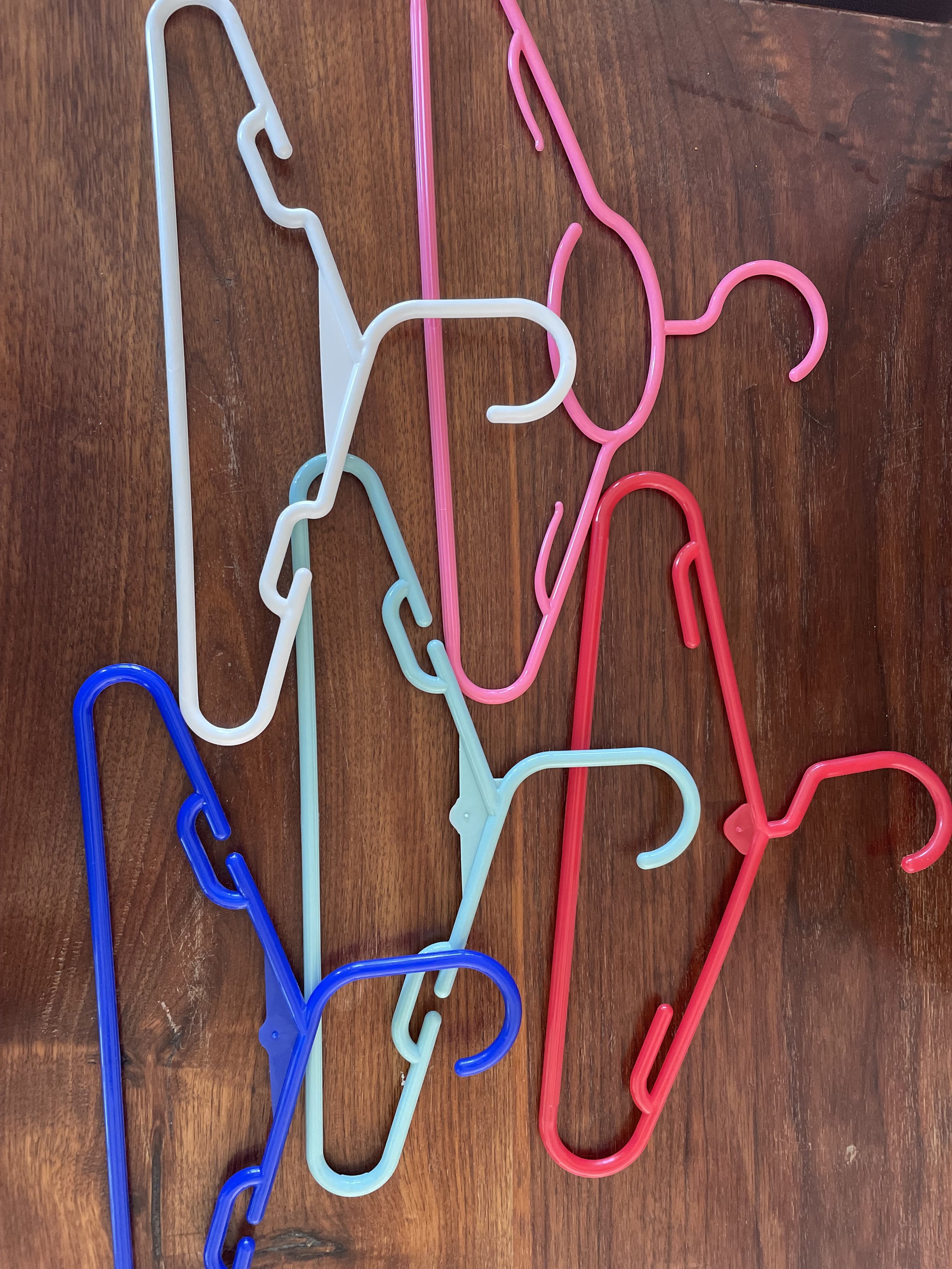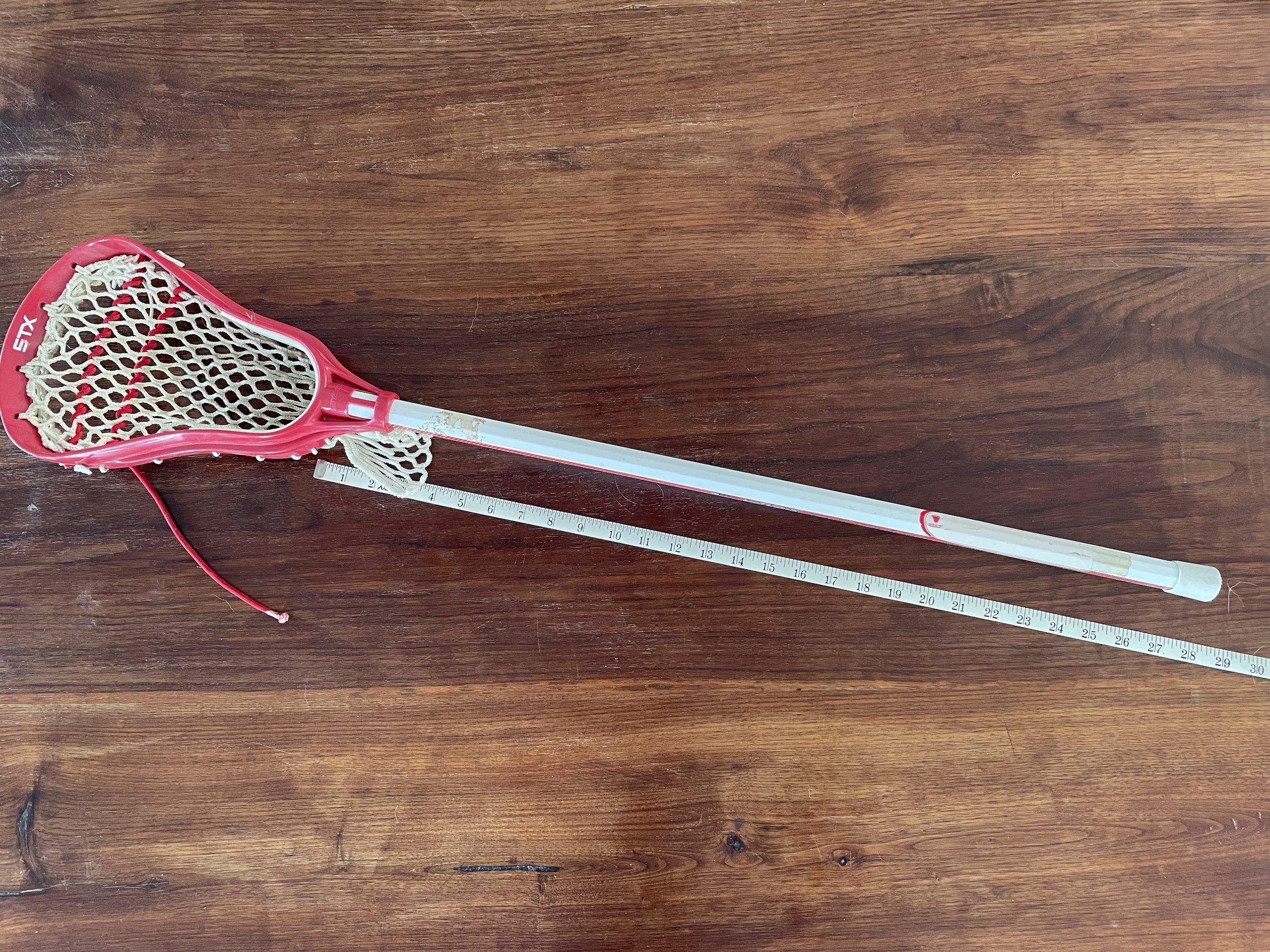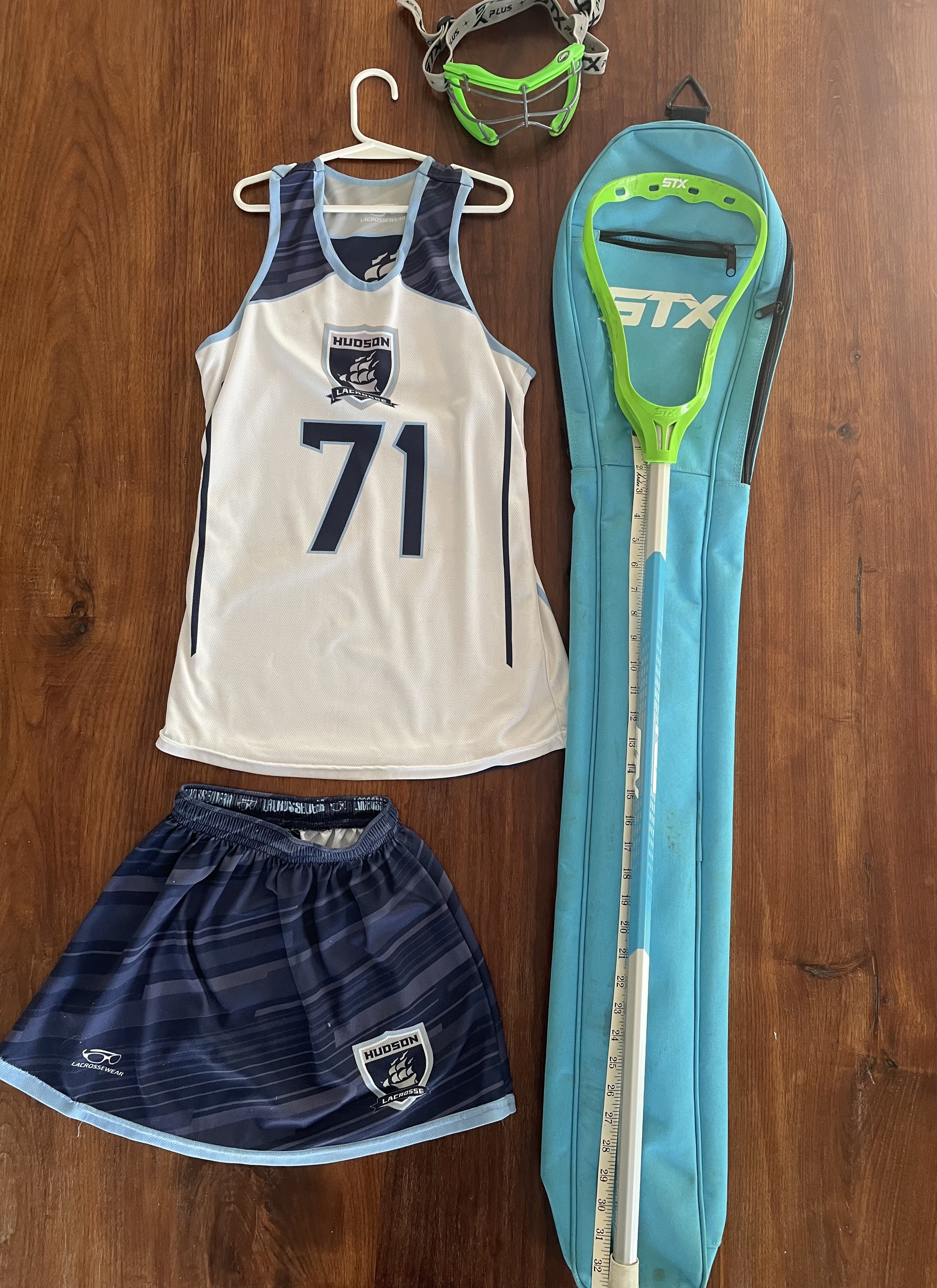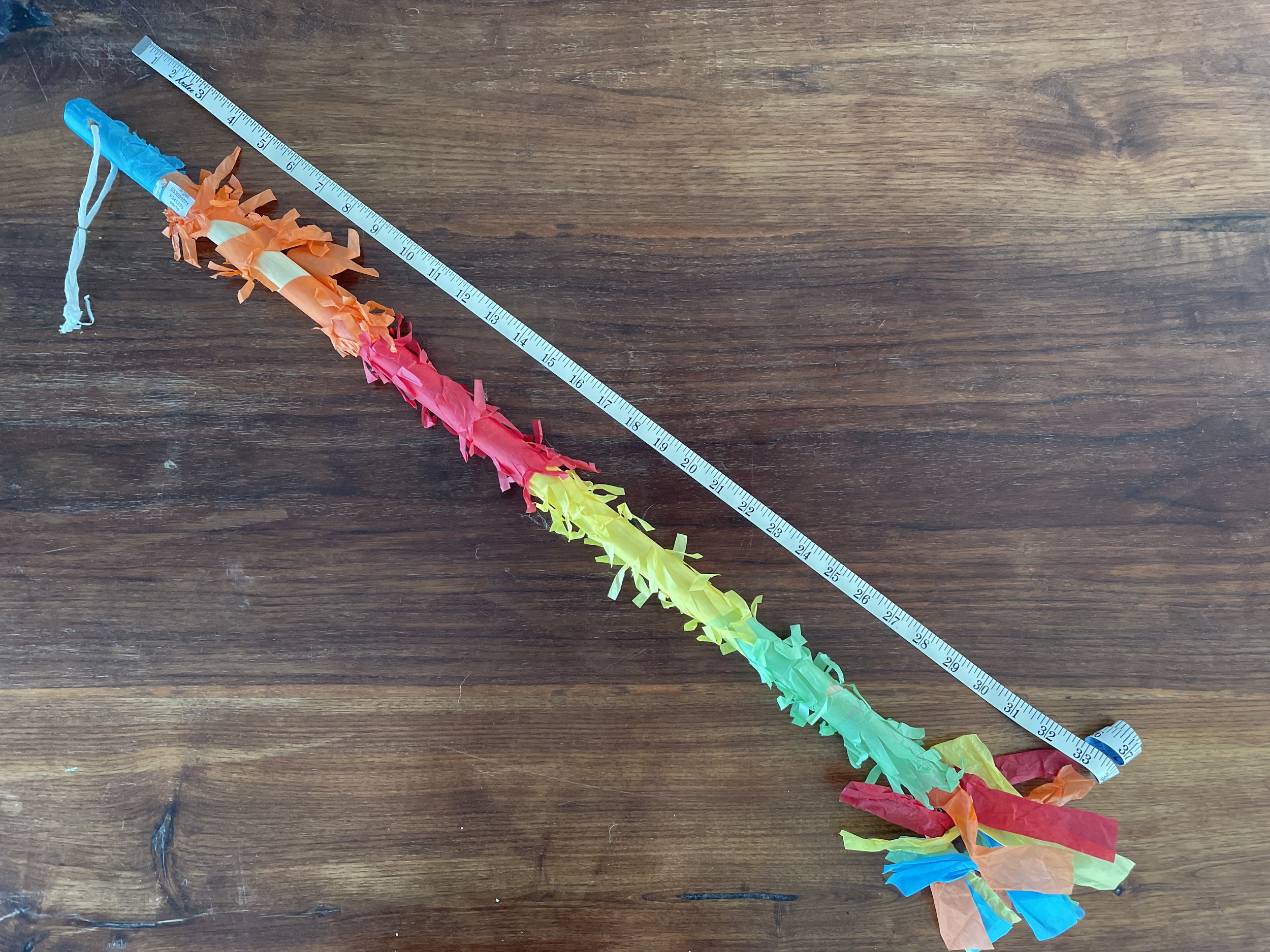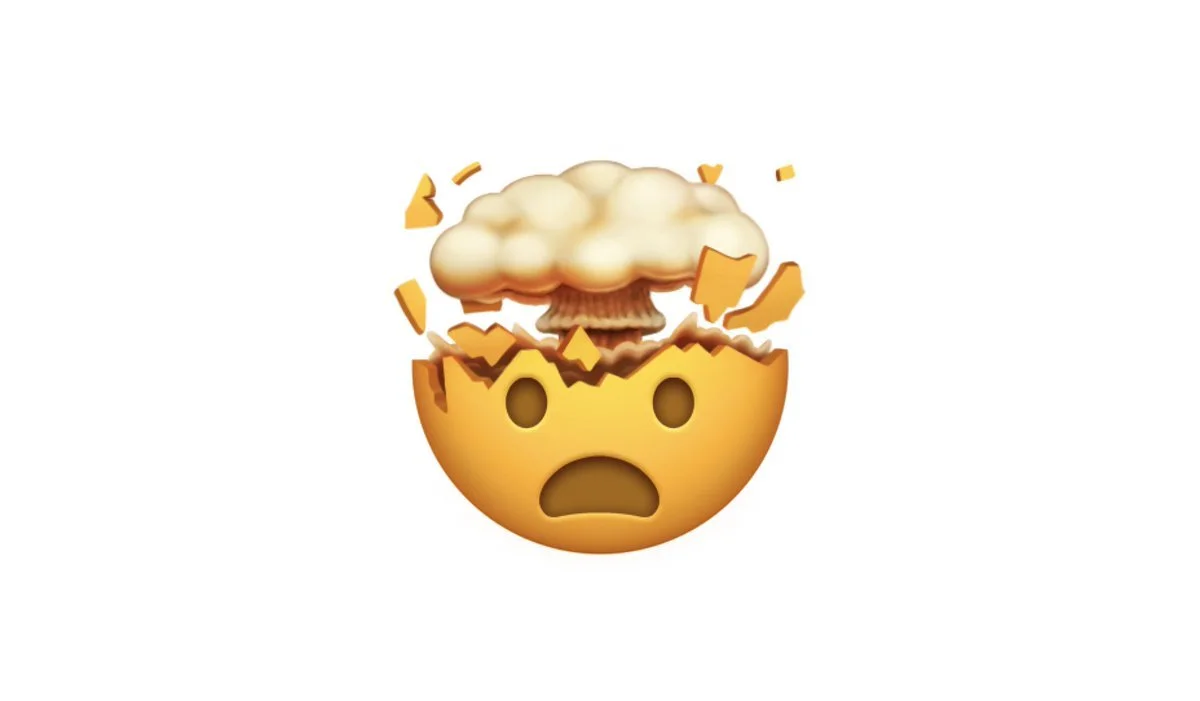I have received love+joy through my local gift economy.
Today is Valentine’s Day, and this is my love letter to community resilience, which is the extent to which people work together to use available resources to recover from adverse situations.
A heart-shaped stone sits on against a wooden backdrop (my coffee table). It is red with the name of my town, “Hudson,” etched into it. Although you cannot see this from the photograph, it fits perfectly inside a closed human hand.
As part of a volunteer gig at my local high school last year, I spent a lot of time cleaning, stocking, and taking inventory of our stadium concession stands.
While cleaning out the storage sheds over the summer, my friend suggested that instead of moving a bunch of little nacho cheese cups and a giant tub of Heinz ketchup from one shelf to another, and instead of throwing it in the trash, we post all the unused and unwanted items on Facebook. She promised me there was someone who would come and take these things off our hands.
While she started snapping photos of coffee percolators in various states of disrepair on her iPhone, I continued to sort 10 and 12 ounce foam cups thinking: “Who in their right mind is going to come get leftover mayonnaise packets or almost-expired bottles of Diet Mountain Dew?” But people did, and we threw away not one condiment. An abandoned espresso machine, cookie sheets, embroidered aprons, rattan baskets, an old crockpot: people came to the stadium to rescue all of these things from the trash.
Okay — I still wear Sorel boots that I bought in 1995. When I make spaghetti, I pour hot pasta into the empty sauce jar and shake it up to get “every last bit” before rinsing and recycling the glass. To reuse before recycling, I give all our cardboard boxes to our young Labrador Retriever. This puppy of ours is a very good chewer, it’s one of his favorite hobbies. Odin happily rips up the boxes, and I pick up the bits now perfectly shredded for our compost pile. Win-win. When possible, I opt for second hand clothing or an up-cycled item from a consignment shop, knowing that my dollars are supporting an independently-owned, likely woman-owned, small business. Win-win-win.
Avoiding waste wasn’t the only reason to be happy. Loading that stuff into someone else’s car created room for new possibilities. There was more space in our shed! I love that.
My family of five is constantly shuffling things from one flat surface to another in search of usable space: on the table, in the fridge, the car, the garage, the basement. So when I was cleaning my daughter’s room later that summer, I found myself thinking about those mayo packets. Rather than moving a stack of her outgrown items to the “give-away closet” in the hall, I sent four photos to my concessions friend, and asked her to “post them on Facebook.”
By 6 pm, everything except the piñata stick had been claimed. My friend gave people my phone number; they texted me; I put the items on my porch; and —“bob’s your uncle”— gone. Although nobody in town discovered a use for the piñata stick, Odin did.
On a backdrop of dusty green colored carpet, bits and pieces of torn streamers are scattered. The pieces are brightly colored: red, orange, blue, yellow, green.
I began thinking of ALL THE THINGS that I might be able to pass on. More than I could possibly ask my friend to post for me. So…. I put my active resistance to Facebook on pause to reactivate my account and join my local Buy Nothing group, which is a private, moderated social media community of over 3,000 people that live in our town. Upon joining the community space where my friends were giving and receiving, I initially focused on the language and norms: each post starts with either GIVE or WISH/ASK, to be edited to GIFTED or WISH GRANTED to update others if/when an exchange takes place. PPU, ISO, PF, SF were all abbreviations I had to learn. For example, my house is definitely not PF (pet free).
All my gifts come from a “two-dog home.”
My adorable black Labrador retriever lays with his front paws spread out on a green carpeted floor, looking up at the camera. In his mouth is a chewed-up hair bow made of blue, white, and tan ribbons. How many dollars I paid for it matters to Odin as much as it matters to the Buy Nothing community (i.e., not one bit!)
I also had to unlearn.
One of my early gift posts was for a single equestrian hair bow that came (and is customarily worn) as part of a matched set. In my post to “GIFT” this one bow, I included the website of the manufacturer showing a fancy assortment of colorful little bows to pin at the end of pigtail braids.
This photo shows the back of my daughter dressed in equestrian show clothes, including both of the ponytail bows at the bottom of her long braids. She is sitting in a saddle on top of a horse, facing green trees and a series of fences and horse jumps.
Shortly after posting, I received a private message from the group moderator asking me to remove the link. This request gave me pause. In that moment of self-reflection, I discovered my motivation to communicate how “valuable” this accessory was by showing how many actual dollars I had paid for it. But the group’s community agreement is that the value associated with the giving and the asking is not associated with a dollar amount. I was missing the point.
My initial experiences were a journey from transactional to relational.
Before I agreed to the rules and joined my local group, I was interested in a functional arrangement to declutter and transfer goods. Impersonal was just fine by me. I had things that I wanted to get rid of, some other people — who they were did not matter — showed up like heroes to ferry them away. The very first items — those things left behind by the high school parents that volunteered in the concessions stands before me — weren’t really mine to give. I had no attachment to that old crockpot. Later that summer, I was feeling some kind of way about my daughter outgrowing those cute little plastic hangers. But, because my friend took the responsibility for posting on my behalf, there was minimal interaction or emotional connection to the person that received the item.
What happened when I officially joined the group was that I began participating, unwittingly at first, in a gift economy.
Three walnuts against a white background. Meant to add a visual cue for the short but sweet encapsulation of the rather complex concept of a gift economy that comes next.
My “in a nutshell” understanding: a gift economy is a way of cycling resources that places value on the relationships between people who exchange items, rather than the items that are exchanged. Gift economies are part of a growing peer-to-peer culture that runs on principles of generosity and reciprocity. They are spaces in which communities can reassign value, affirm connection, and amplify gratitude.
Embracing the “buy less, share more” simplicity of the Buy Nothing Project was, for me, not as easy as it sounds. Giving, asking, and receiving stand in contrast to earning. Shifting to the “abundance mindset” required me to counter basic lessons of capitalism such as “there’s no such thing as a free lunch” and “nothing worthwhile comes easy.” These phrases may encourage perseverance, but they also function to extract hard work, to glorify “busy-ness,” and to equate success with productivity and quantifiable results. They undermine the experience of a gift economy.
I won’t belabor the details of how the BNProject creates a sense of community, because it’s been well-described in the New York Times (you should click and read to marvel at quirky gifts like pickle juice or dryer lint), Real Simple (which gives instructions on how to start your own group) or in the book written by the BNProject founders Liesl Clark and Rebecca Rockefeller: Buy Nothing, Get Everything.
I will share how, through this online portal, my actual neighbors have given me unexpected joy.
My first gift was tickets to see our local high school jazz band play at Blu Jazz+, which provided an uncharacteristically spontaneous date night. And what a thrill on a cold November night to follow the music down the stairs of the steamy basement venue and see my son playing trombone from his spot at center stage.
This image shows a group of young jazz musicians tightly arranged on a small stage in a dimly-lit room against a purple curtain and a row of red neon lights. There is a spotlight that seems to be aimed right on the person in the center, who is my son, playing a trombone. There is a red sketched heart (hand-drawn by me) centered over the middle of the photo.
My first ask — granted almost immediately — was for a copy of the Great Gatsby. Our trombone player needed to read two chapters for English class the next school day, but the local library and the Learned Owl were closed. Within minutes of my WISH post, a neighbor came in clutch and put their copy out on the doorstep for us. We drove across town in the dark of night to get the exact thing we needed at that exact moment in time that we needed it; and it seemed as though everything was right in the world. I experienced the “what we need is here” feeling of purpose and collective efficacy.
An important feature of the Buy Nothing Project is that it emphasizes the REFUSE in the zero waste R’s (no longer just— reduce, reuse, recycle—but twelve and counting). Buy nothing. This vow is a refusal to play blindly according to the rules of consumerism and capitalism.
To stave off the negative effects of climate change, communities and societies across the globe need to adapt quickly in ways that will require us to reject the status quo. But to refuse what is right in front of us — what everyone else appears to be going along with effortlessly — requires that we first recognize an alternative. This, in turn, takes both imagination and cheer.
A couple weeks ago, my dad sent me a link to the reasons to be cheerful website, which calls itself “A fire engine for the soul.” This online project features hope-generating solutions for soul-sucking problems like deforestation, teacher shortages, domestic violence, and organized crime, to name a few.
Most of these solutions are local.
All communities will face problems. What makes a community (or a person) resilient is not the absence of adversity. Buy Nothing provides regular day-to-day practice in connecting with neighbors to share their resources. It builds faith that in crisis, our community will be ready to give each other what we need.
On V-day it may be worth saying that love may be the most expansive and renewable resource we have.
Sending some your way.



